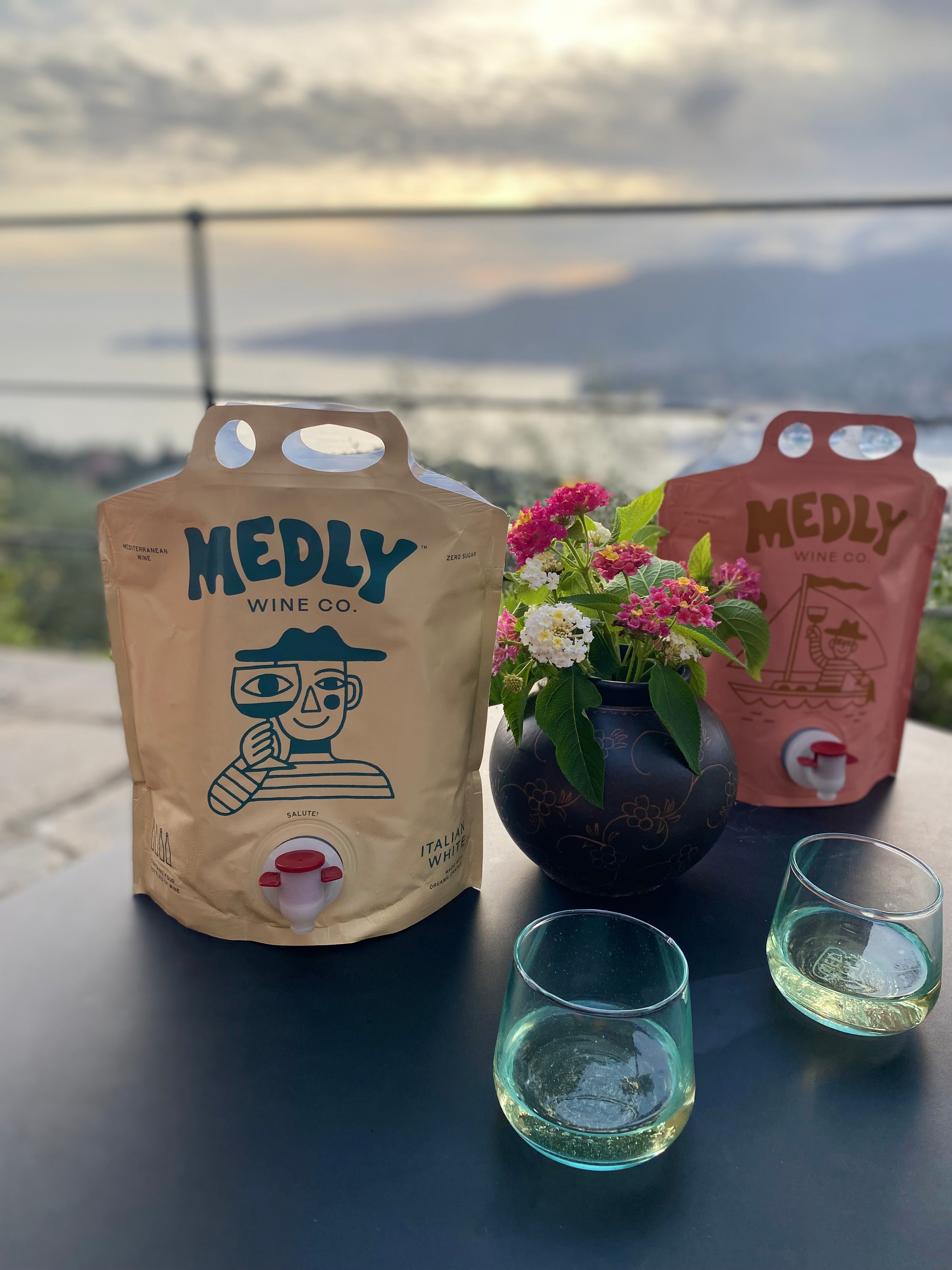If you’ve ever looked at the price tag on a bottle of wine and wondered why it costs so much, you’re not alone. Wine prices can vary drastically, with some bottles fetching hundreds of dollars, while others sit in the bargain bin for under $10. But even mid-range wines often come with a price tag that seems a bit steep. So what exactly drives up the cost of a bottle of wine? It’s not just the quality of the grapes or the craftsmanship of the winemaker. In fact, much of what you’re paying for has little to do with what’s inside the bottle.
In this post, we’ll break down the real reasons behind the price of wine, from the hidden costs added by the three-tier system to the high marketing expenses that get passed on to consumers. We’ll also explore how direct-to-consumer (DTC) sales offer a way to get higher quality wine at a lower price by cutting out the middlemen.
The Three-Tier System Markups
One of the biggest factors inflating the price of wine in the U.S. is the three-tier system, a relic of Prohibition that controls how alcohol is distributed and sold. In this system, wineries must sell their products to licensed distributors, who then sell to retailers, who finally sell to consumers. This adds at least two layers of markups before a bottle ever reaches the shelf.
Here’s how it works:
-
The winery sells the wine to the distributor, often at a fraction of the final retail price. For example, a winery might sell a bottle for $7.
-
The distributor then sells the wine to a retailer, adding their own markup (typically around 30-50%). So the bottle that was sold for $7 to the distributor may now cost $10.
-
The retailer adds their markup (again, often 30-50%), and by the time the bottle reaches the consumer, it could be priced at $15 or more.
These markups add up fast. By the time a bottle gets to you, it could cost twice what the winery originally sold it for. That’s not necessarily because the wine is worth more—it’s because each player in the three-tier system is taking a cut.
Marketing Costs Passed Along to Consumers
Another significant contributor to the price of a bottle of wine is marketing. Wine is one of the most heavily marketed products in the beverage industry, and those advertising, branding, and promotional costs are often passed directly on to the consumer.
Large wine conglomerates, which dominate much of the market, spend millions on advertising to create brand recognition. Whether it’s ads on TV, product placements, or lavish tastings at high-end restaurants, these marketing costs don’t come cheap. Even the design of the label and the packaging can significantly inflate the cost of the product. And who foots the bill for this marketing? You do, when you buy that bottle.
For smaller wineries that can’t afford massive ad campaigns, they often still have to spend significant amounts on getting their wines into stores and ensuring they stand out on crowded shelves. Many distributors and retailers even charge wineries fees for prime shelf space or for participating in promotional events. All of these costs are baked into the final price of the wine.
The Actual Value Without These Markups
Now, let’s imagine a world where the three-tier system didn’t exist, and marketing expenses weren’t a factor. How much would a bottle of wine cost then? The truth is, without the markups from distributors, retailers, and massive marketing campaigns, most wines would be significantly cheaper—especially those produced by smaller, high-quality wineries.
For example, that $15 bottle of wine you bought at the store might only cost $8 if sold directly from the winery. You’re essentially paying a premium for the logistics of getting the bottle through the supply chain and into your hands, rather than paying for the quality of the product itself.
This is where direct-to-consumer (DTC) sales come into play.
The Benefits of DTC Purchases
DTC sales are becoming more popular as consumers seek out better value and more variety. When you buy wine directly from the winery—either through their website or at the vineyard—you bypass the distributor and retailer, cutting out their markups. This means the winery can offer a lower price while still making a higher profit than they would through the traditional three-tier system.
Here’s why DTC sales are a win-win for both the winery and the consumer:
1. Higher Quality for Lower Cost
Because DTC sales eliminate the middlemen, wineries can afford to sell higher-quality wine for a lower price. You’re paying for the actual product, not the distribution and retail costs. For example, a $30 bottle purchased directly from a winery could easily retail for $45 or more in a store, thanks to the added layers of markups. By purchasing directly, you’re often getting much better value for your money.
2. Savings Passed Along to Consumers
Since wineries don’t have to share their profits with distributors and retailers in DTC sales, they can offer more competitive pricing and pass those savings directly to you. Some wineries even offer subscription services or bulk discounts for direct purchases, which can save you even more in the long run. Plus, with fewer hands in the pot, the money you spend goes directly to the people who make the wine, rather than the intermediaries.
3. Freedom of Choice
One of the most significant benefits of DTC sales is the sheer variety and freedom of choice it offers. In the traditional three-tier system, distributors decide which wines make it to market, often prioritizing large, mass-produced brands that can move big volumes. This limits your options, especially if you’re looking for small-batch, artisan wines.
With DTC, you have access to wines that might never make it to your local store. You can explore niche producers, rare varietals, and unique blends that large distributors don’t carry. This opens up a world of wine that you may have never discovered through traditional retail channels.
The Future of Wine Purchasing: E-commerce and DTC
As e-commerce continues to grow, direct-to-consumer sales are becoming the future of wine purchasing. The pandemic accelerated this shift, with more consumers turning to online wine shops and winery websites to order their bottles directly. This trend shows no signs of slowing down, and for good reason.
DTC sales not only offer better value and more choice, but they also provide a more personal connection to the winemakers themselves. Many wineries include notes about the winemaking process, offer virtual tastings, or provide insights into the specific vineyard practices they use. This creates a richer, more meaningful wine experience that goes beyond just buying a product off the shelf.
Conclusion: The True Cost of a Bottle of Wine
When you look at the price tag on a bottle of wine, it’s important to understand what you’re really paying for. In the traditional three-tier system, much of the cost comes from distributor and retailer markups, as well as hefty marketing expenses. The actual value of the wine itself is often much lower than what you’re paying at the store.
However, with direct-to-consumer sales, you can cut through the noise and get higher-quality wine at a better price. By eliminating the middlemen, wineries can offer more competitive pricing and give you access to wines that are often fresher, more unique, and more connected to the winemaking process. As DTC sales continue to grow, they represent the future of wine purchasing—one where consumers have true freedom of choice and can enjoy excellent wine without paying inflated prices.





